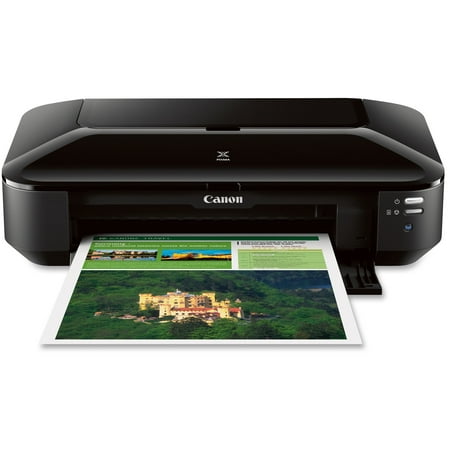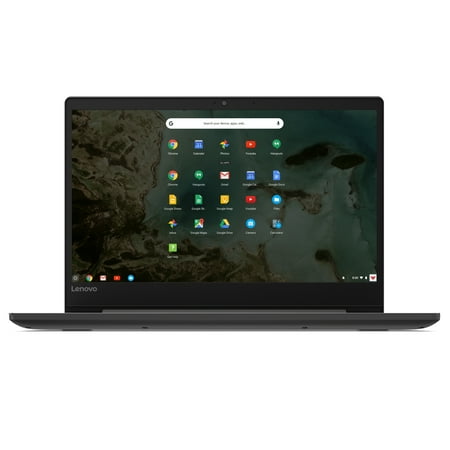1080P Web Cam HD Camera Webcam with Mic Microphone for Computer PC Laptop Notebook
Features:- Built-in sound absorption microphone, your voice may be heard really in 10 meters.- Great great and top notch appearance.- 1M pixels, high definition and real color pics.- Left & proper 360 tiers and up & down 30 tiers rotatable, you can modify the angle as you like.- Specialized optical lens, excessive precision.Designed for each computer and laptop.- Auto white balance, vehicle shade correction. Manual adjustable focal length. – Support for Windows XP / win2003 / win7 / win8 /10/ Vista 32bit Macbook OS or trendy.Specifications:- DSP chip: Driverless- Image sensor: CMOS- Lens: glass lens- Focal duration: 8mm-infinity – High definition: 1M pixels- Resolution: 1920*1080P- Frame fee: 30fps- Line period: 140cm- Package content:- 1 x Web Camera- 1 x User ManualNotes:1. Manual measuring, please allow 1 ~ 3mm blunders,thanks.2. Due to the distinction among exclusive monitors, the photograph might not reflect the real color of the item. We assure the style is the same as proven inside the photograph.














Reviews
There are no reviews yet.